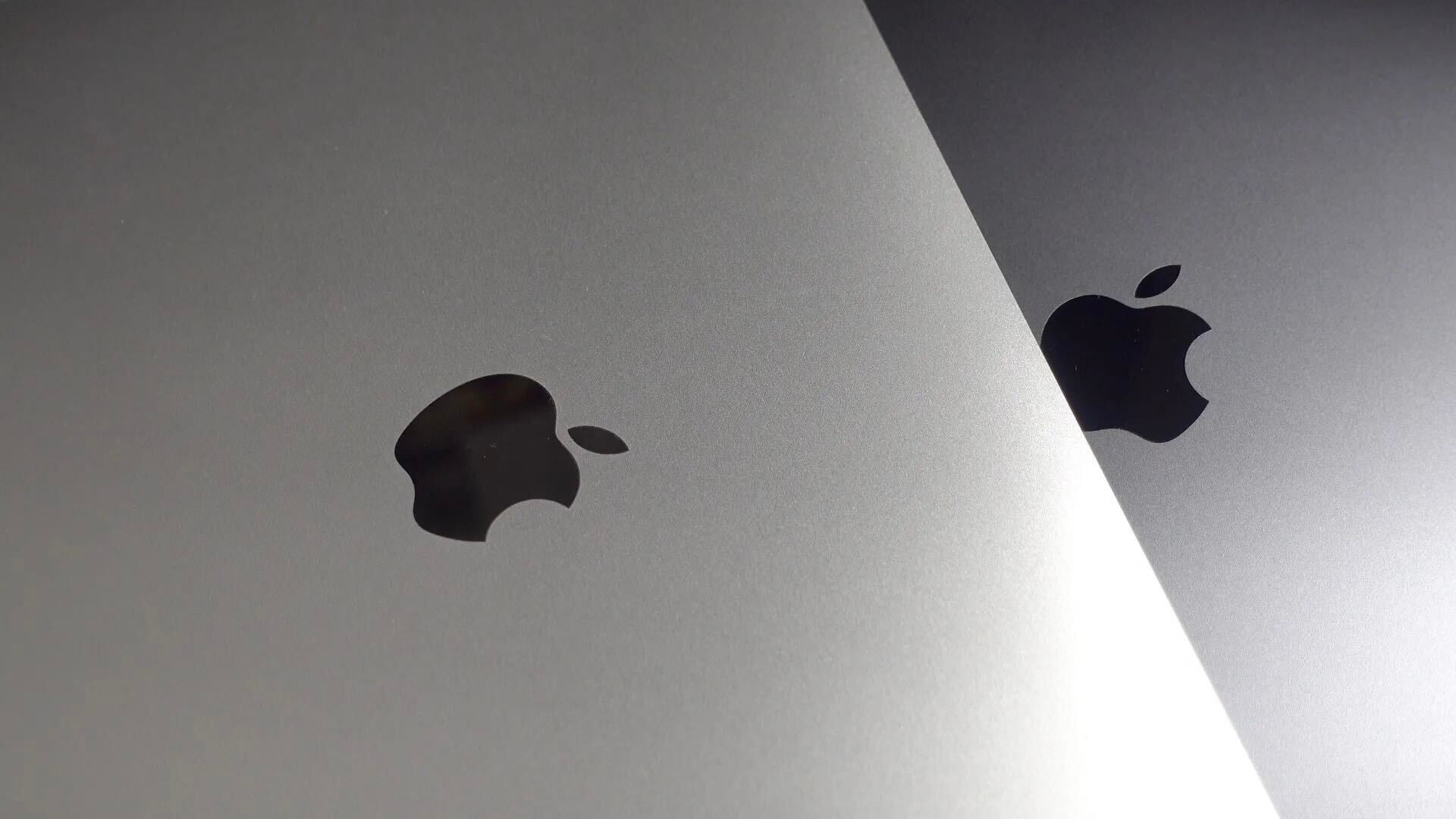Apple takes user submitted data for age, height, gender and weight to help it calculate the different data points it provides for workouts and activities, but there is also a way to calibrate Apple Watch to improve the accuracy of the data.
By initiating the calibration process, you can get more accurate readings for calorie, distance, Move, and Exercise estimations in the Watch’s Activity app, and also improved calculations in the Workout app.
By following the steps below, you’ll start calibrating the device’s accelerometer and improve Apple Watch’s accuracy by allowing it to learn your personal stride patterns at various speeds:
- 1. Bring your iPhone and your Apple Watch.
- 2. Find an open, flat area outside that offers good GPS reception and clear skies.
- 3. Make sure that Location Services is on. To check the setting on your iPhone, tap Settings > Privacy > Location Services.
- 4. Make sure that Motion Calibration & Distance is on. To check the setting on your iPhone, tap Settings > Privacy > Location Services > System Services.
 5. Hold your iPhone in your hand, or attach it to your body with an armband (preferably) or waistband.
5. Hold your iPhone in your hand, or attach it to your body with an armband (preferably) or waistband.- 6. Open the Workout app on your Apple Watch, and choose Outdoor Walk or Outdoor Run.
- 7. Choose your goal, or select Open, and tap Start.
- 8. Walk or run at your normal pace for about 20 minutes.
That’s it. Once you do that, Apple Watch will automatically begin calibrating and get more accurate over time as you use it. The calibration process, according to Apple, will improve the accuracy of not just the walking and running data points, but also all other data in the Workout and Activity apps. You can repeat the process at different speeds and different stride lengths to help improve accuracy even further based on your varying walking and running speeds.
Apple warns that “Calibration data is stored locally on Apple Watch, and isn’t backed up to your iPhone. Therefore, your calibration data will be lost if you unpair your Apple Watch from your iPhone.”
FTC: We use income earning auto affiliate links. More.






Reblogged this on Yun Kut3's Blog.
thank you good his article, I try too
how does the apple watch measure “calorie” data?
My understanding is that it uses heart rate data to calculate this. Theoretically, this is more accurate than using BMR for caloric expenditure. Problem is that optical hrm are notoriously less accurate than their chest strap counterparts. I’m sure it’s better than nothing, but still not very accurate.
This surprised me yesterday actually. Been wearing the Watch daily since I received it last Monday, and most of the time I do have my iPhone with me. Didn’t realize it was doing this sort of calibration in the background until a pleasant surprise on a long morning walk with the dog yesterday without the iPhone. I just had the Watch on and after some time on the walk it suddenly tapped me to tell me I reached 1 mile on my “Outdoor Walk” workout. Very cool!
It was obviously measuring my average step distance while I had the iPhone with me using GPS in the background and now the Watch along knows how long my stride is.
It’s a great device, I have found myself using my phone a LOT less, which has acted to disconnect me more from technology and be more present. Last night my iPhone 6 was at 72% at bedtime! And the Watch itself, no matter how much I used it over the past week, never didn’t make it to bedtime. On average I have around 20% to 30% battery left at bedtime per day 6am to 9pm on the 42mm Sport. And that includes around a 45 minute workout and plenty of notifications and time checks, one or two short calls, etc.
Apple definitely undersold the battery life to be safe.
Seems to run against the whole, “It just works” tagline Apple has always touted. Not that I’m anti Apple. I am heavily invested in the Apple ecosystem. I just see no compelling reason to replace my GPS enabled fitness watch that has some smartwatch capabilities with a far less capable Apple watch. I get cadence and stride data for every workout.
Your fitness watch isn’t really a watch. It would be a fitness tracker, plastic most likely. What model fitness tracker are you comparing to Apple Watch to make the statement that the Apple watch is ‘far less capable?’ I have used and tried Withings, Nike and Samsung products and they haven’t lasted longer than a week, because they aren’t watches. My Apple watch has been on every day, been underwater and keeps me updated constantly pulling the same data notifications from my iPhone. I don’t see how that can be less capable than any standalone fitness tracker.
Can anyone explain why calibration via GPS is even needed? The watch knows my height which would give it my stride. So long as I am accurate in picking an exercise such as walk outdoors or running, wouldn’t it already be more accurate than GPS data could ever get?
I’d like to know the answer to that as well. My guess is that using GPS helps to fine tune the accuracy of a runner’s stride. My GPS enabled smart watch gives running cadence and stride information and says that accuracy improves after a few GPS runs. I’ve noticed that my cadence has increased as my mile splits have come down in time. I’m averaging 163 spm with an avg stride length of ~1.05m.
Your height my not be directly related to your leg length!